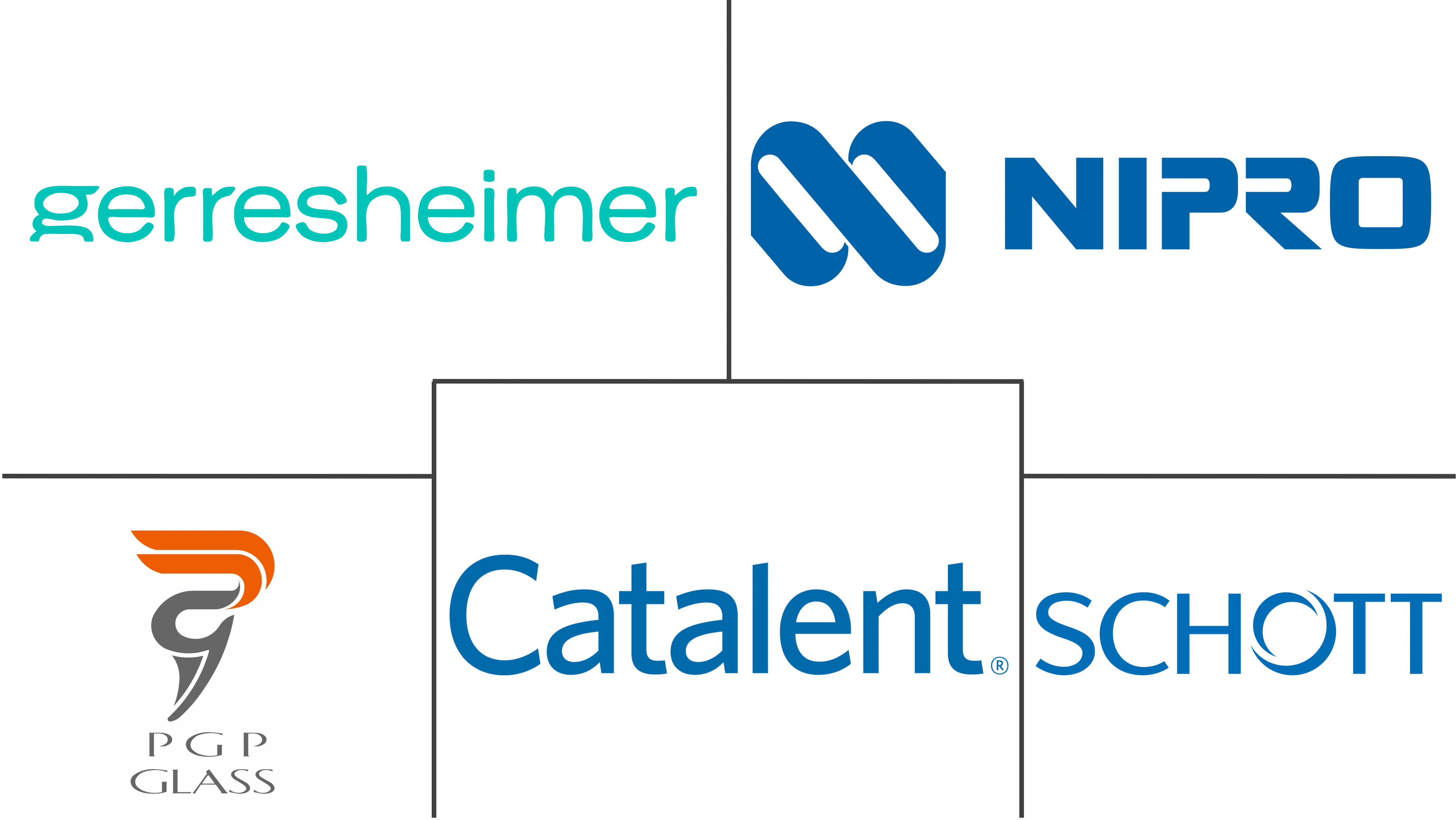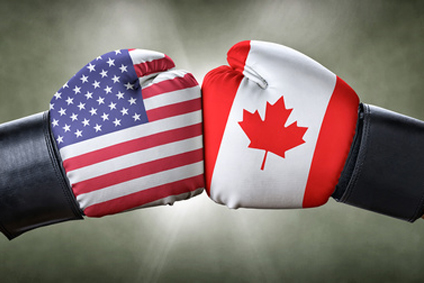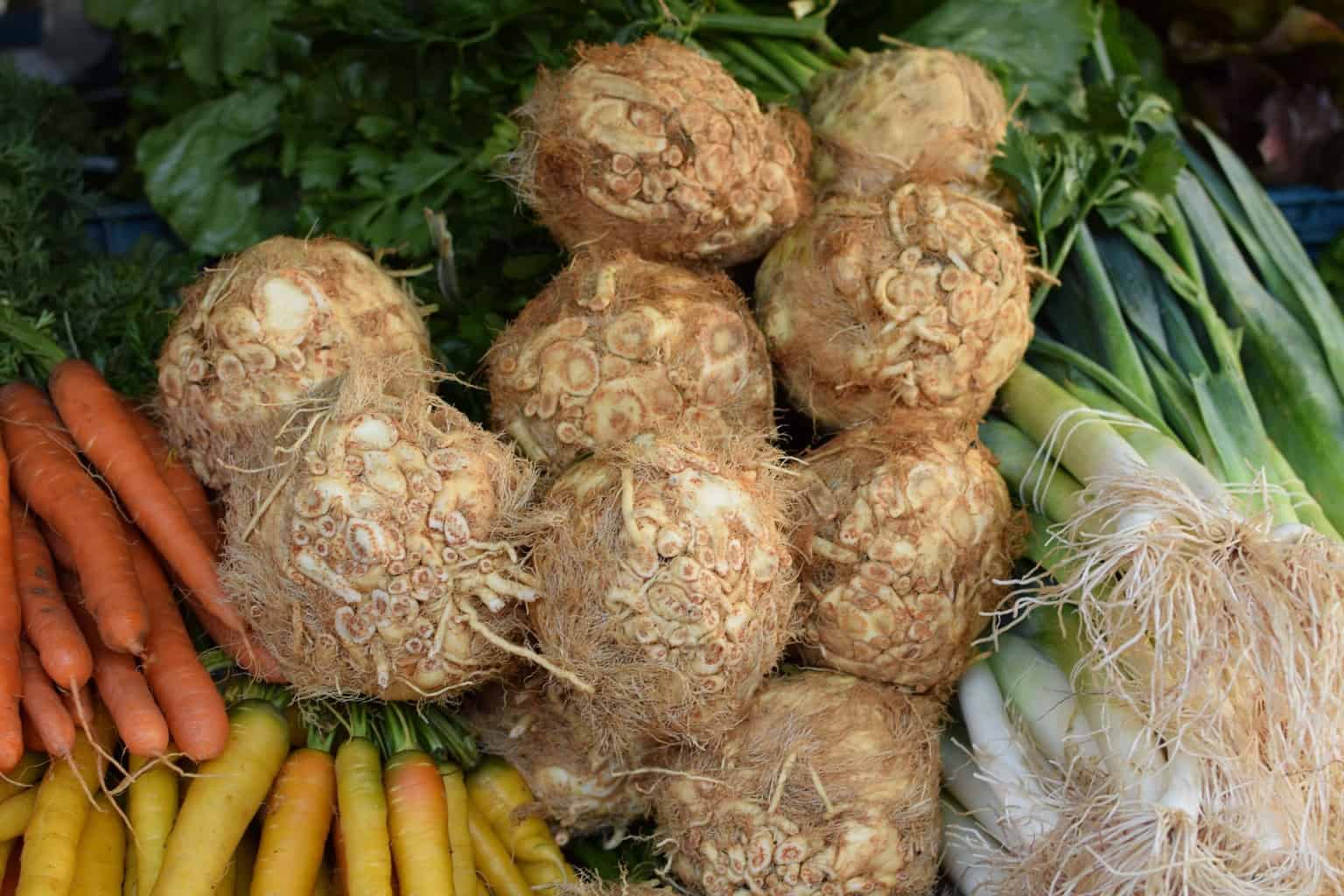The Vaccine Packaging Market: Challenges And Opportunities

Table of Contents
Challenges in the Vaccine Packaging Market
Maintaining the Cold Chain
Maintaining the cold chain is paramount for vaccine packaging. Temperature excursions can severely compromise vaccine potency, rendering them ineffective. This necessitates:
- Maintaining consistent temperatures: Sophisticated temperature monitoring and control systems are crucial throughout transportation and storage, from manufacturing facilities to vaccination sites. This includes utilizing insulated containers, refrigerants, and reliable cold storage facilities.
- Advanced temperature monitoring and tracking: Real-time tracking devices and data loggers provide critical insights into temperature fluctuations, enabling proactive intervention and minimizing vaccine loss. This data is also crucial for regulatory compliance.
- Reliable cold chain infrastructure: Investment in robust cold chain infrastructure, including reliable transportation networks, appropriate storage facilities, and trained personnel, is vital, especially in remote or underserved areas.
- Climate change impact: The effects of climate change, such as extreme heat waves, pose significant risks to cold chain integrity, requiring the development of more resilient packaging solutions.
Regulatory Compliance and Safety
The pharmaceutical packaging industry, particularly within the vaccine sector, faces stringent regulatory hurdles. Meeting these demands is crucial for ensuring product safety and market access. Key aspects include:
- Meeting international standards: Adherence to Good Manufacturing Practices (GMP) guidelines, ISO standards, and other relevant regulations is mandatory. These standards dictate materials, processes, and quality control measures.
- Tamper-evident packaging: Utilizing tamper-evident features ensures product integrity and prevents unauthorized access or manipulation, bolstering patient safety and trust.
- Robust quality control: Comprehensive quality control measures throughout the packaging process, from raw material selection to final product inspection, are essential for maintaining consistent quality and preventing defects.
- Labeling and traceability: Accurate and compliant labeling, incorporating barcodes, serial numbers, and other traceability elements, is crucial for effective tracking and monitoring of vaccine batches.
Sustainability Concerns
The environmental footprint of vaccine packaging is increasingly scrutinized. Sustainable practices are essential for minimizing waste and protecting the planet. This involves:
- Reducing packaging waste: Innovative packaging designs that minimize material usage, such as lightweight materials and optimized shapes, are necessary.
- Biodegradable and recyclable materials: Transitioning towards the use of biodegradable and recyclable materials is crucial for reducing environmental impact and promoting a circular economy.
- Minimizing carbon footprint: Optimizing transportation routes, utilizing fuel-efficient vehicles, and exploring sustainable manufacturing processes are vital for lowering the carbon footprint of packaging production and distribution.
- Eco-friendly temperature control: Developing environmentally friendly solutions for temperature control, such as phase-change materials or sustainable refrigerants, is key to minimizing the environmental impact of cold chain packaging.
Opportunities in the Vaccine Packaging Market
Technological Advancements
Technological innovation is driving significant opportunities within the vaccine packaging market. These advancements lead to enhanced vaccine preservation and distribution:
- Advanced temperature-controlled packaging: Development of sophisticated passive and active temperature-controlled packaging solutions, incorporating insulation, refrigerants, and temperature indicators, ensures optimal vaccine storage during transportation.
- Smart packaging technologies: Integrating sensors and data loggers into packaging allows for real-time monitoring of temperature, humidity, and other critical parameters, providing valuable data for improving cold chain management.
- Novel materials: Utilizing novel materials with enhanced barrier properties and improved thermal insulation provides superior protection against environmental factors and extends vaccine shelf life.
- Innovative packaging designs: Exploring innovative designs for improved efficiency, reduced waste, and simplified handling contributes to enhanced logistics and cost-effectiveness.
Growing Demand for Vaccines
The global demand for vaccines is surging, creating a massive market opportunity for vaccine packaging providers:
- Expanding market access: Reaching underserved populations in developing countries with limited cold chain infrastructure requires robust and adaptable packaging solutions.
- Specialized packaging: The development of new vaccines, including mRNA and live-attenuated vaccines, necessitates the creation of specialized packaging to meet their unique requirements.
- Personalized vaccines: The growing demand for personalized and targeted vaccines further fuels the need for innovative and adaptable vaccine packaging solutions.
Market Expansion in Emerging Economies
Emerging economies are experiencing rapid growth in healthcare infrastructure and immunization programs, presenting significant potential for vaccine packaging providers:
- Adapting to local needs: Tailoring packaging solutions to address the specific challenges and infrastructure limitations of emerging markets is crucial for market penetration.
- Strategic partnerships: Collaboration with local distributors and healthcare providers enhances market access and ensures effective vaccine distribution.
- Infrastructure investment: Investing in supporting infrastructure, such as cold storage facilities and transportation networks, is key to facilitating vaccine delivery in underserved regions.
Conclusion
The vaccine packaging market presents a complex interplay of challenges and opportunities. Overcoming hurdles related to cold chain integrity, regulatory compliance, and sustainability is vital for ensuring vaccine efficacy and accessibility. Simultaneously, leveraging technological advancements and catering to the expanding global demand for vaccines unlocks significant growth potential. By embracing innovation, prioritizing sustainability, and forging strong collaborations, stakeholders can create a more efficient, reliable, and resilient vaccine packaging ecosystem. Investing in advanced vaccine packaging solutions is not just a business imperative; it's a critical contribution to global health security. Explore the latest in pharmaceutical packaging and seize the vaccine packaging market opportunities today!

Featured Posts
-
 Gorillaz 25th Anniversary House Of Kong Exhibition Details
May 30, 2025
Gorillaz 25th Anniversary House Of Kong Exhibition Details
May 30, 2025 -
 Trumps Trade War And Canada 8 Economic Impacts Analyzed
May 30, 2025
Trumps Trade War And Canada 8 Economic Impacts Analyzed
May 30, 2025 -
 Country Diary The Edible Root Vegetable Cousin Of The Carrot
May 30, 2025
Country Diary The Edible Root Vegetable Cousin Of The Carrot
May 30, 2025 -
 Gorillaz Copper Box Arena Tickets For Four Exclusive London Shows On Sale
May 30, 2025
Gorillaz Copper Box Arena Tickets For Four Exclusive London Shows On Sale
May 30, 2025 -
 Transferrygter Kasper Dolberg Til London
May 30, 2025
Transferrygter Kasper Dolberg Til London
May 30, 2025
Latest Posts
-
 Controversy Surrounds New Beatles Cast Understanding The White Boy Of The Month Criticism
May 31, 2025
Controversy Surrounds New Beatles Cast Understanding The White Boy Of The Month Criticism
May 31, 2025 -
 Beatles Casting Announcement Sparks Debate Examining The White Boy Of The Month Reaction
May 31, 2025
Beatles Casting Announcement Sparks Debate Examining The White Boy Of The Month Reaction
May 31, 2025 -
 The Beatles Cast Revealed A Look At The White Boy Of The Month Controversy
May 31, 2025
The Beatles Cast Revealed A Look At The White Boy Of The Month Controversy
May 31, 2025 -
 Podrobnosti Za Kontuziyata Na Grigor Dimitrov
May 31, 2025
Podrobnosti Za Kontuziyata Na Grigor Dimitrov
May 31, 2025 -
 Vzstanovyavane Na Grigor Dimitrov Sled Kontuziya
May 31, 2025
Vzstanovyavane Na Grigor Dimitrov Sled Kontuziya
May 31, 2025
